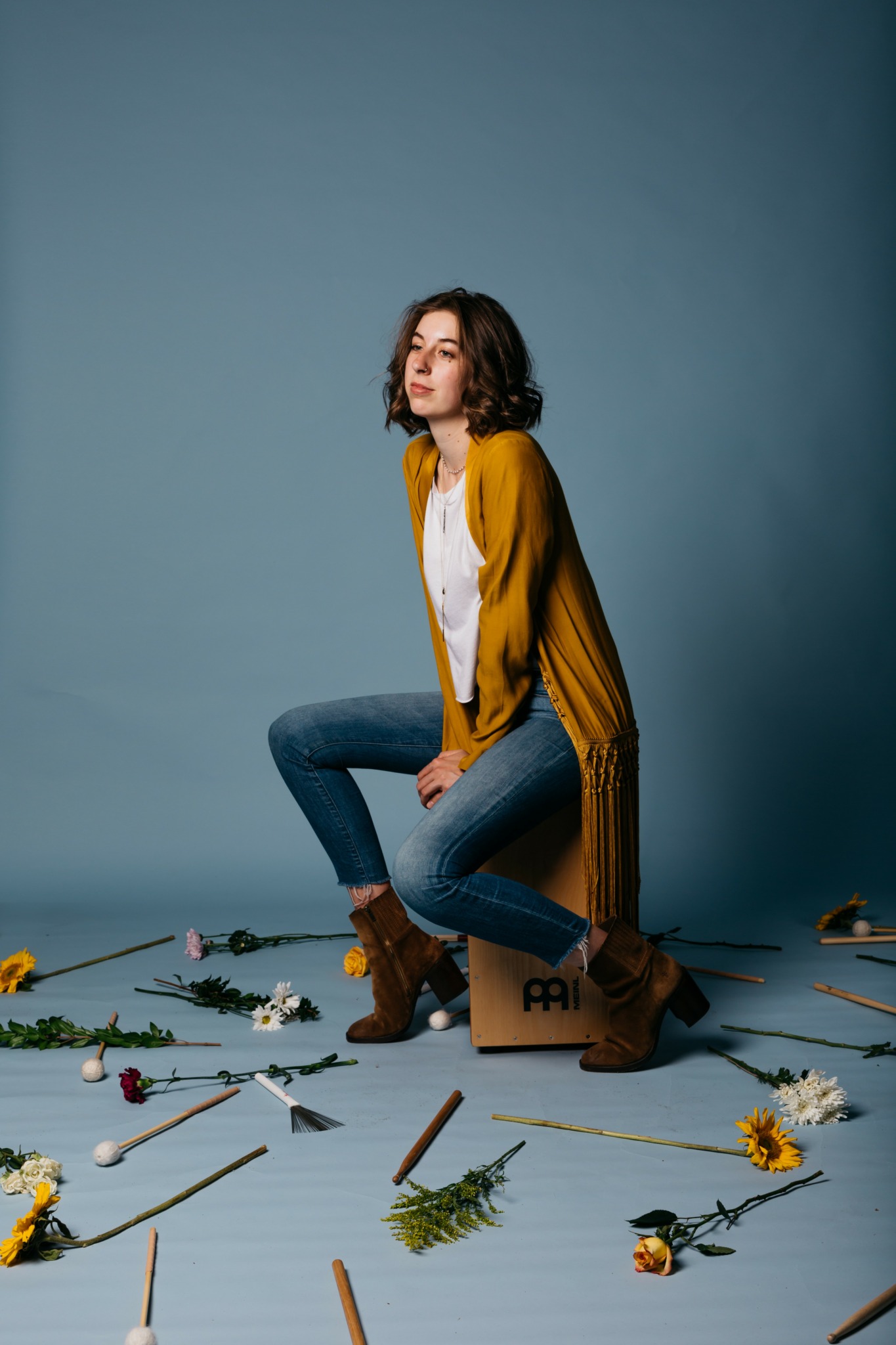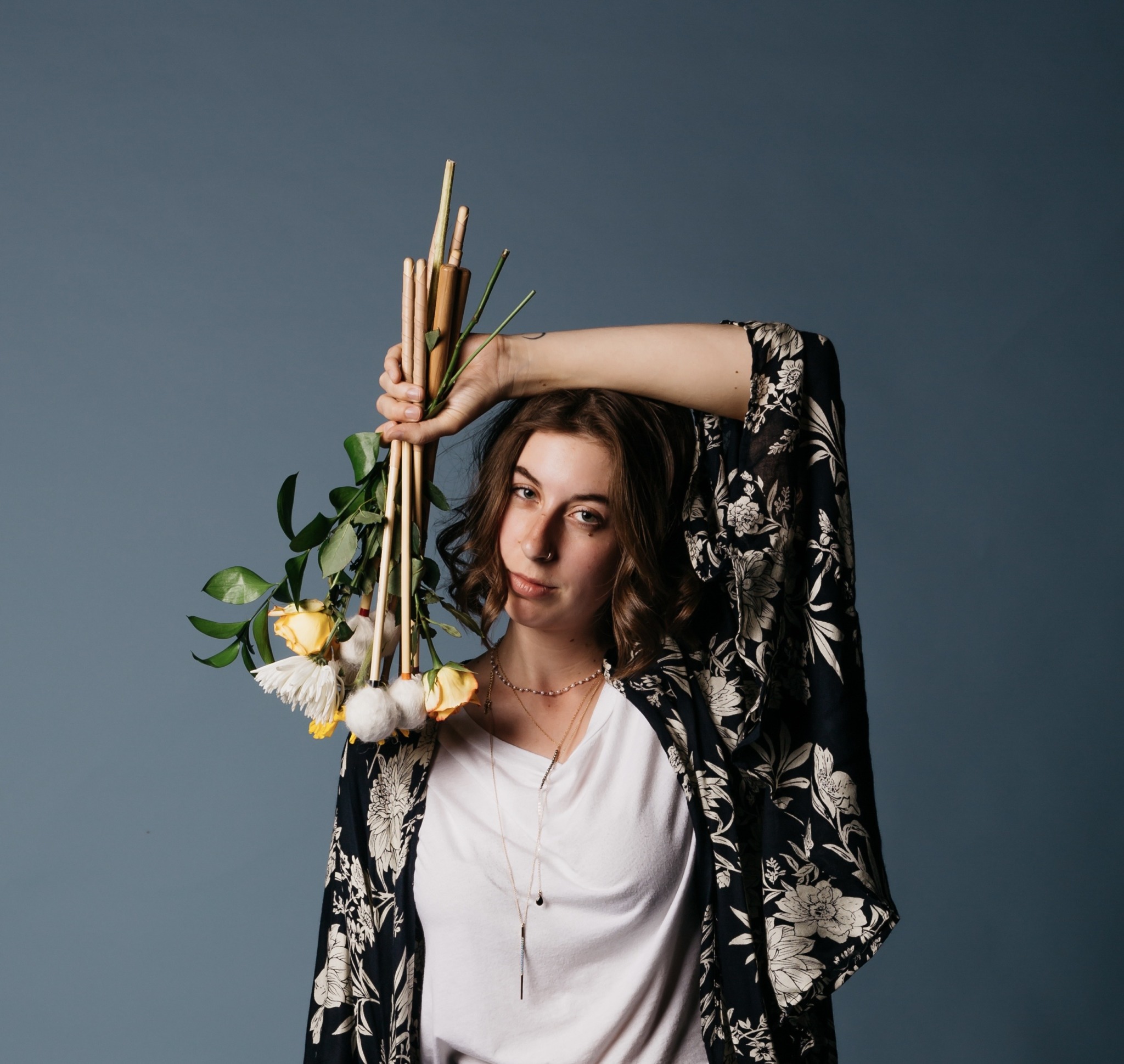We were lucky to catch up with Paige Madden recently and have shared our conversation below.
Paige, thanks for joining us, excited to have you contributing your stories and insights. We’d love to hear the backstory behind a risk you’ve taken – whether big or small, walk us through what it was like and how it ultimately turned out.
I have typically been a pretty risk-averse person in life, and enjoy consistency and predictability. However, the biggest risks I have taken thus far have led to the most rewarding and formative chapters in my life.
The first big risk I took was moving across the country from Oregon all the way to Orlando, Florida. After spending the first 22 years of my life in my hometown, I had grown quite comfortable with my life there. However, after graduating with my undergraduate degree, I make the decision — that surprised even myself — to move to the complete other side of the country to get my masters degree. I didn’t know a single person in Orlando, and was leaving my friends, family, and familiarity for a complete unknown. In the weeks before moving, I felt sick to my stomach, wondering what it would be like – what if I hated it?
Luckily, as you can probably guess, my risk was met with reward, and the experience of moving far away opened me up to a plethora of valuable new opportunities. I got to experience the music scene in Florida (a very different one from my hometown), work with new teachers and colleagues, get introduced to genres and instruments I was previously unfamiliar with (like the steelpan), and teach the university’s drumline (which I actually still do, 7 years later). I even got to perform at Walt Disney World’s Magic Kingdom in the Christmas parade! Talk about a gig I couldn’t have gotten back in Oregon…
The fact that my experience in Orlando led to such benefit then emboldened me to take another, similar risk, and I soon found myself moving across the country yet again to pursue my doctorate at the University of Michigan! Fortunately, with just one year left in my degree I can confidently say that this has been another incredible experience and a risk that continues to pay off every day.
U-M has provided me more opportunity than I could have predicted, from performing internationally, to partaking in unique projects on-campus, like partnering with the Performance Arts Technology Department to play music with a telematic robot. The university has provided me the chance to work with world-class faculty and guest artists, and has given me resources to pursue my own projects. I have received grants to play steelpan in Trinidad and New York, to commission new music, to buy instruments, and more. I’ve once again been introduced to more genres, instruments, and methods of making music, from playing in an Indonesian gamelan to experimenting with electronics.
All of this is to say: I am immensely grateful that I had the chance to take these risks (and that my professors took the risk on me!), and my life and career will forever be better for it. While I still find myself resistant to big changes, the payoff of the risks I have taken are here to remind me that growth happens outside of my comfort zone, and it’s better to do something scared than not at all!


Awesome – so before we get into the rest of our questions, can you briefly introduce yourself to our readers.
I’m originally from Eugene, Oregon, where I got my start with percussion as many others do – in school band. It quickly became my favorite class, though I didn’t initially think I would end up pursuing it as a career. But when it came time to apply to college, I started to realize just how much music meant to me, and that pursuing percussion felt like the most authentic path for me.
Throughout my three degrees in as many states, I have been fortunate enough to have worked with countless talented teachers and musicians and be exposed to a myriad of musical genres and styles. What I currently enjoy doing most is playing music with a small group of people, whether that’s playing in an ensemble with a handful of fellow percussionists, or workshopping new music with a variety of other instrumentalists. I love playing in chamber music ensembles because there’s no conductor, so the performers have to work together to communicate while playing, and there’s a lovely intimacy that comes from music played by just a few people.
Because I enjoy small-ensemble music making so much, I formed a duo with my friend Max Winningham, who plays the double bass. What first started as us playing one piece together led to our mutual discovery of how great the combination of bass and percussion is. As a result, we decided to continue performing together, now as the Terracotta Duo! Since then, we have arranged and written music for ourselves, performed local concerts, and commissioned pieces written for us by other composers. We aim to foster the creation of new music, to show audiences the limitless potential of our instruments, and to make music that is accessible and enjoyable to audiences of all kinds. And, we have some exciting upcoming projects in the works, so keep your eyes and ears peeled!
I also find teaching percussion to be quite fulfilling, and often teach both classical percussion and drumline – I am currently the director of the Michigan Youth Percussion Ensemble, and I teach drumline throughout Florida and Oregon. Teaching drumline is fun because the way you play in that setting is so defined, detailed, and meticulous, while teaching concert percussion can be much more malleable and interpretive. I also enjoy getting to teach at both the college and high school levels, because it really challenges you to adapt your instruction to suit the needs of the experience level you’re working with (plus, a perk of teaching college drumline is that the music you write gets performed in front of tens of thousands of people – it never gets old!).
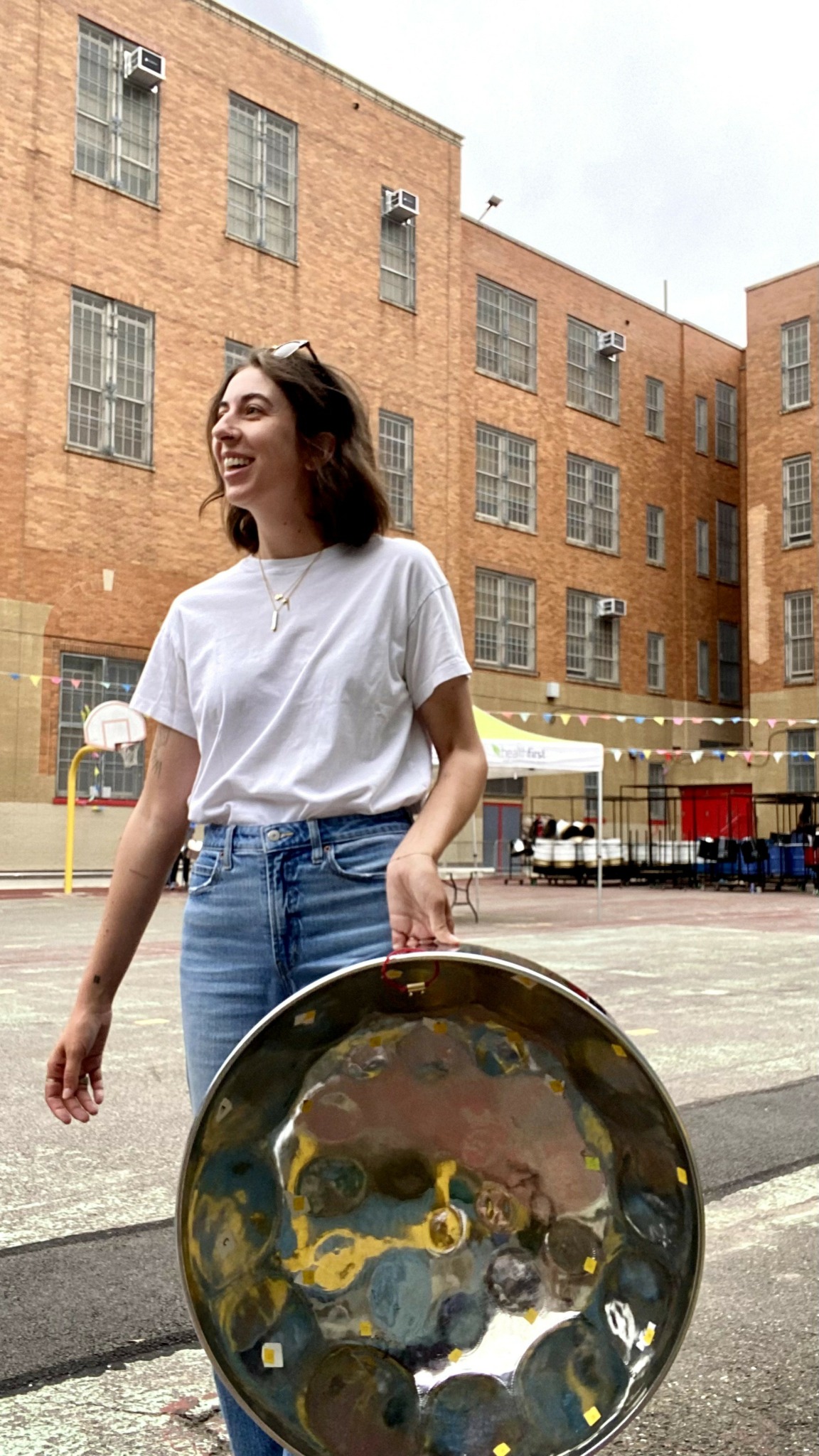

What do you find most rewarding about being a creative?
I love being an artist because creativity is baked into my daily life – there are far fewer boundaries, restrictions, and rules in what I do than most jobs. I get to inject my own personality into everything I do, which is a real privilege. When I am performing a piece, I am putting my unique individual interpretation into it, so it will never sound precisely like someone else playing the same notes. If I’m writing music, then I have total control over the piece and can really use it to express something I am pondering or inspired by. Even when I am teaching music to students, my own personality is very much present in my methods. I feel lucky that this personal creativity is not just an acceptable part of what I do, but truly a valued part of it.
Plus, as a percussionist, each day looks different. Whereas most musicians typically only play their one instrument (trombonists, violinists, vocalists, etc), percussionists play such a vast array of instruments – ‘percussion’ is an extremely broad term, and includes both ‘standard’ and ‘non-standard’ instruments. In one day, I might play Bach on marimba, a multi-percussion setup piece that uses gongs, drums, cymbals, cowbells, and woodblocks, a chamber ensemble piece that uses a collection of flower pots, a percussion ensemble piece that instructs me to crumple tin foil in front of a microphone to distort its sound, and an orchestra piece that uses timpani and snare drum. Percussion is the ultimate playground – you could spend many lifetimes trying to perfect the craft given its vastness, and you certainly never get bored!
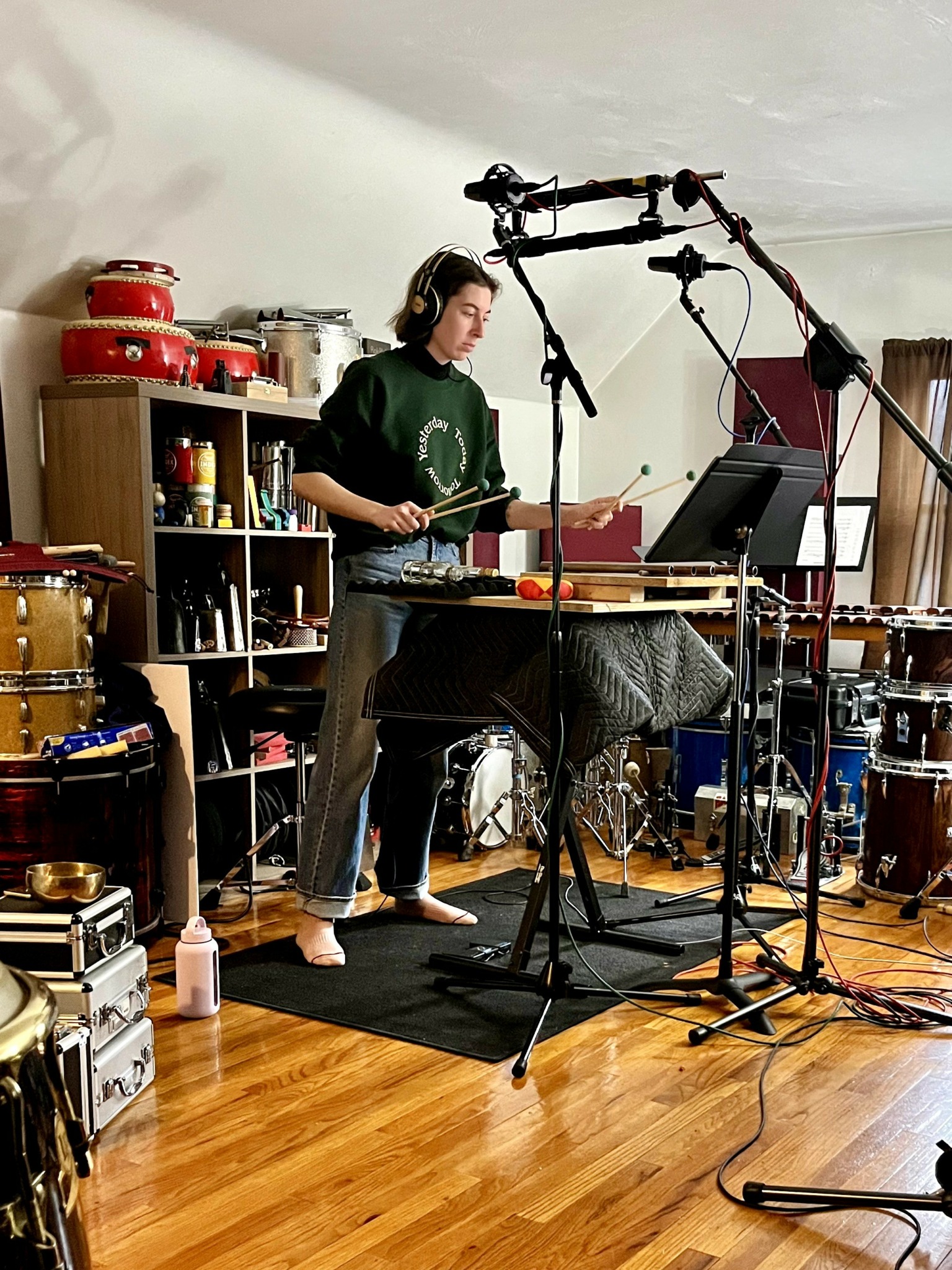
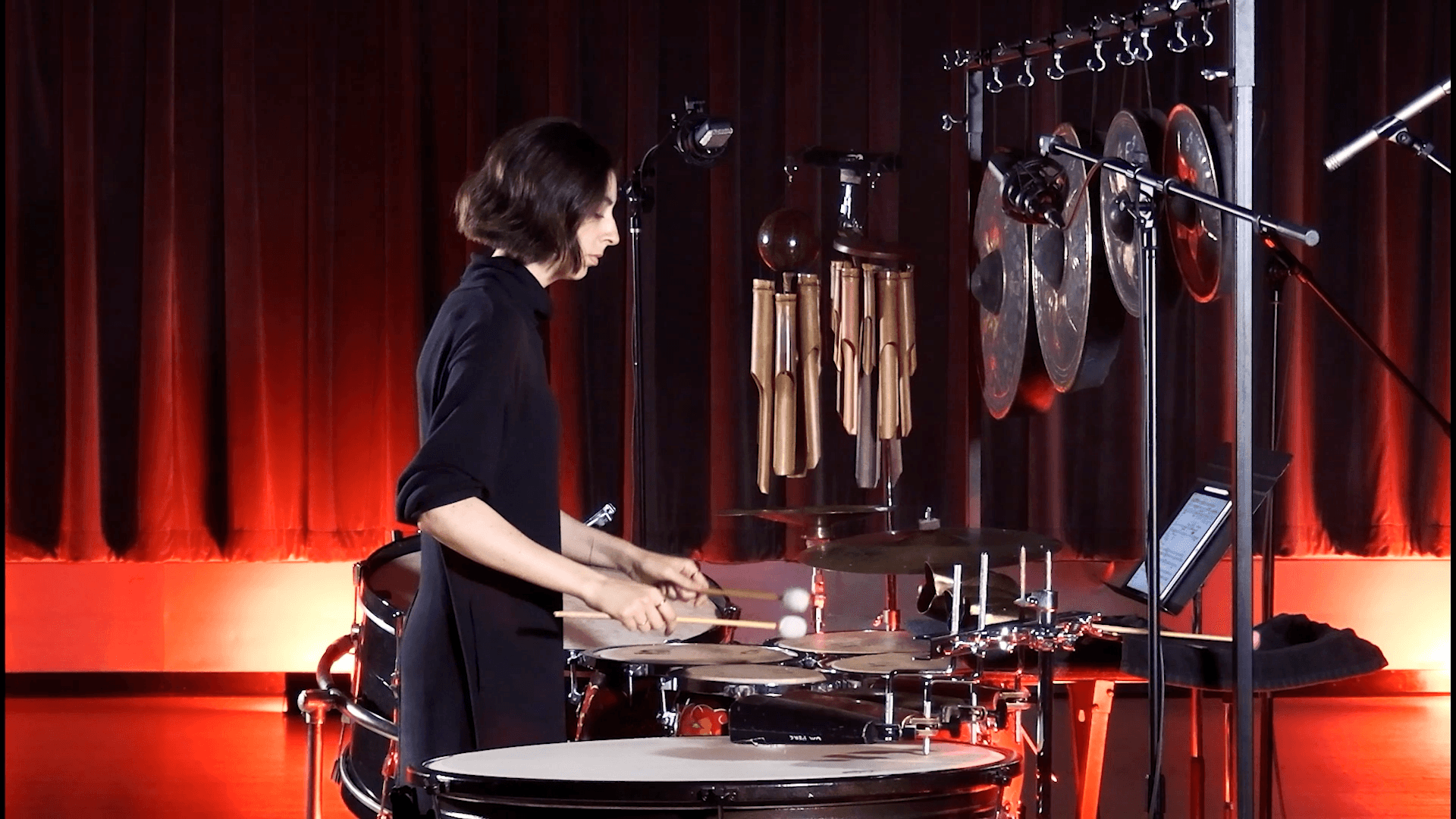
In your view, what can society to do to best support artists, creatives and a thriving creative ecosystem?
Whether we consciously think of it or not, we are all consuming art throughout our daily lives – and much of that is music! That can be listening to your favorite album while you’re at the gym, experiencing the emotional impact a musical score has in an intense scene of a movie, or even catching yourself humming along to the song playing at your grocery store – music is all around us. However, I think many people don’t always know how to seek out music outside of their normal genres, venues, or platforms. We all have our go-to pop artists we love to listen to while driving to work, but it’s less common for your average community member to seek out the up-and-coming artist playing a show at a small local shop.
One of the best things community members can do to support musicians is to attend concerts! This could be an jazz group at your neighborhood bar, a string quartet playing at a winery, or going to a (usually free!) concert at a university near you. It can be tough for instrumental musicians like me who don’t play ‘popular music’ to draw consistent crowds, and in my experience I get the sense that a lot of people who have never played an instrument themselves feel like classical/instrumental music ‘isn’t for them’. But there is so much to love about instrumental music! I bet people would surprise themselves with how much they enjoy a chamber music concert or going to see their local orchestra. And the more people attend concerts and support live music, the more the music scene thrives. It’s no secret that the arts are often underfunded and artists often underpaid, so the more people show that they value live music, the more it can be created!
You can absolutely still go to your favorite big-name artist coming through town, but find some lesser-known artists performing nearby too! And after you see them live and find yourself enamored with their music, you can continue to support by following them on social media, sharing their work with your friends, and listening to their recordings.
Contact Info:
- Website: https://maddenpercussion.com/
- Instagram: @paige__madden
- Youtube: http://www.youtube.com/@paigemaddenpercussion
- Other: Duo Instagram Account: @terracotta.duo

